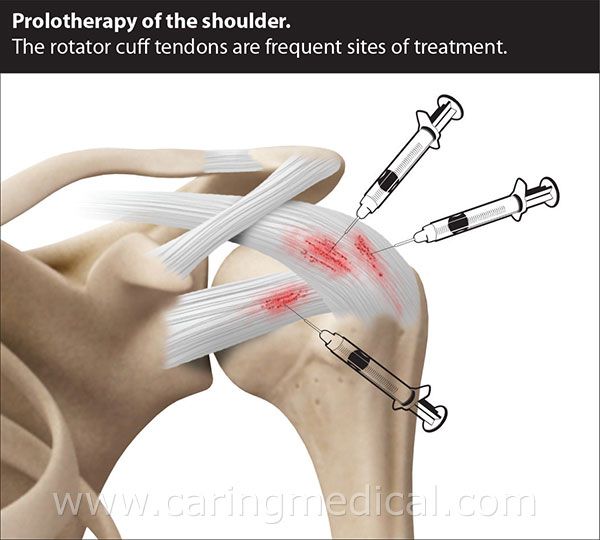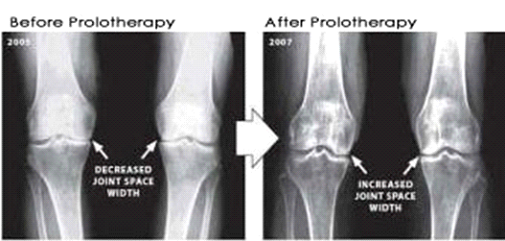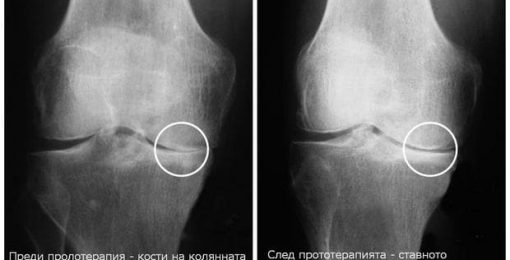About Us
October 20, 2020 2025-10-11 22:29About Us

The Leading Global Marketplace for Learning and Instruction


What is Prolotherapy?
About Therapy
Joint and back pain can cause serious disruptions in people’s lives—from missing work to reduced mobility. Prolotherapy uses the body’s natural healing ability to alleviate chronic pain, strengthen damaged tissues, and restore function. It is a procedure in which a naturally occurring irritant is injected into the soft tissues of a damaged joint or area. This deliberate inflammation is designed to signal the body that there is a problem, so that our own bodies can cope by building new tissue. This can provide significant relief for joint or back pain.
The treatment dates back to the 1930s; at that time, Dr. Earl Gedney, an osteopath and surgeon, successfully used it to treat serious injuries to his own hands. Shortly thereafter, doctors Hackett and Hemwall perfected the treatment, and today it is widely used by many doctors as a way to manage pain over the long term.
How does prolotherapy work?
Prolotherapy involves an injection containing a natural irritant. This irritant may include:
Sugar (dextrose or glucose) alone or in combination with glycerol and phenol,
Sodium morphate (a purified derivative of morina liver oil),
Sarapin (a sterile aqueous solution of soluble salts of the Sarracenia purpurea plant and 0.75% benzyl alcohol or saline).
A local anesthetic (lidocaine, procaine, or martin) is usually applied in combination with the selected substance.
The irritant is thought to stimulate the body’s healing response, creating localized, temporary inflammation. The inflammation activates fibroblasts (collagen-producing cells) and attracts platelets and stem cells to the area. Platelets provide many types of growth factors that have been shown to stimulate the formation of new blood vessels, activate more fibroblasts, and deliver more stem cells to the affected area to heal the injection site.
Once activated, the body’s defenses and healing powers will begin to strengthen and repair damaged tissues. When it comes to joints, strengthening the connections in the area helps stabilize the joint and relieve pain over time.
There are various known types of prolotherapy: dextrose prolotherapy, autologous prolotherapy, plasma prolotherapy containing platelet-rich plasma (known as PRP), or bone marrow and/or adipose tissue containing mature stem cells (known as bioterpül).




Which cases is prolotherapy good for?
Doctors use it most often in patients with back pain associated with sprains, stretching of ligaments and tendons. Suitable for prolotherapy are people with back pain who:
- have tendon or joint pain or weakness lasting more than 6 weeks;
- receive only temporary relief from manual or physical therapy;
- have undergone surgery without subsequent relief of back pain;
- have joint pain, which exacerbates when stressed and decreases when resting.
Prolotherapy is also applicable in the area of the knee, hip and shoulder joints and connecting tissues. Indications that this kind of therapy is needed may include: sciatica, back pain, torn meniscus, distended tendons and ligaments, neck pain, rotator cuff disorders, tennis elbow, chest pain, leg pain and more. In some cases, people with chronic illnesses, such as degenerative disc disease or arthritis, may use prolotherapy to relieve the pain.
Which cases is prolotherapy good for?
Doctors use it most often in patients with back pain associated with sprains, stretching of ligaments and tendons. Suitable for prolotherapy are people with back pain who:
- have tendon or joint pain or weakness lasting more than 6 weeks;
- receive only temporary relief from manual or physical therapy;
- have undergone surgery without subsequent relief of back pain;
- have joint pain, which exacerbates when stressed and decreases when resting.
Prolotherapy is also applicable in the area of the knee, hip and shoulder joints and connecting tissues. Indications that this kind of therapy is needed may include: sciatica, back pain, torn meniscus, distended tendons and ligaments, neck pain, rotator cuff disorders, tennis elbow, chest pain, leg pain and more. In some cases, people with chronic illnesses, such as degenerative disc disease or arthritis, may use prolotherapy to relieve the pain.


What does the procedure include?
If a person is taking anti-inflammatory drugs, he or she should stop taking them 2 to 3 days before the procedure, as taking anti-inflammatory drugs may interfere with the effectiveness of the procedure.
On the day of the procedure, it is important for the person to eat well. Often, doctors recommend that a person undergoing prolotherapy should focus on protein-rich foods.
During the procedure, the skin is pre-treated with an alcohol or other sterilizing solution. A local anesthetic can then be applied to the skin to reduce discomfort at the injection site. In extreme cases, when the person is experiencing significant pain or discomfort, additional sedation may be used.
The procedure itself involves injecting the irritant solution with a long, thin needle at several different points around the target area of the back or joint. The number of injections used depends on the area or joints involved. Effects may require several injections at the site of injury or weakened area per session and several sessions over 3 to 6 months. The injection should be accurate so that the irritant is placed in the area or areas requiring recovery.
What are ligaments ?
Ligaments help to provide stability to joints. They prevent the joint from moving more than a normal range (though what is ‘normal’ varies from one individual to another). Some people have lax ligaments that allow more than ‘normal’ movement: often spoken of as ‘double jointed’ or hyper-mobile. In the spine there is a complex arrangement of ligaments, both between each vertebral segment and between the spine and pelvis, which allows flexibility in some directions and produces restraint in others.
Sometimes ligaments can be overstretched, or even torn (as in a sprained ankle). The ligament may then not control the joint adequately – thus leading to ‘instability’ which may put abnormal stresses on the joints and discs in the spine. The instability is compounded by breakdown in the muscle stabilising system through muscle weakness, fatigue and poor coordination.
In women, the pelvic joints need to be supple for child bearing, and so the ligaments soften and stretch more readily. Sometimes they do not tighten up after childbirth and therefore allow too much movement: hence ‘sacroiliac instability’.
It is good to know
Not all cases are appropriate for the procedure. Sometimes, in serious chronic conditions, there may be no effect, so the doctor may suggest other alternatives.
X-ray or other types of imaging may sometimes be necessary to assist in assessing the need and ability to perform the procedure, taking into account the location and severity of the injury.
Many medical professionals around the world believe this is a safe alternative or additional treatment for back and joint pain.

Satisfied patients worldwide
Students
Countries
What Our
Learners Say
Oliver Beddows
/ Designer, ManchesterMadley Pondor
/ Reporter, San DiegoMina Hollace
/ Reporter, LondonLuvic Dubble
/ Designer, ManchesterWho Will You
Learn With?








Improving Lives
Through Learning
Meet Our Team
© 2025 ESPARM. All Rights Reserved










